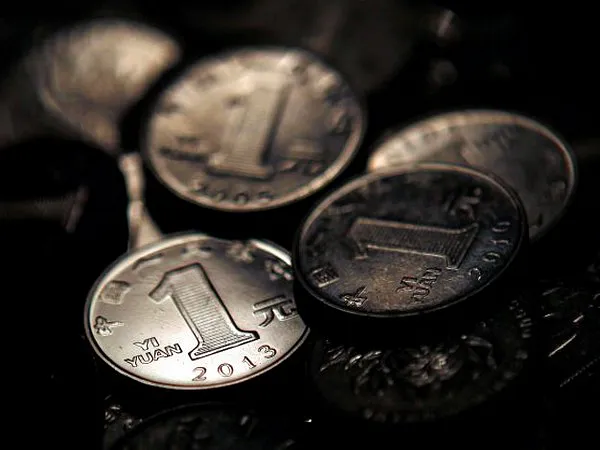Across much of the developing world, China finds itself in an uncomfortable position as the world’s debt collector amid rising inflation and a weakening global economy.
Over the past decade, Beijing has been the lender of choice for many nations. It doled out funds for governments to build bullet trains, hydroelectric dams, airports and superhighways. However, as inflation climbed and economies weakened, China found itself in a precarious situation.
Keith Bradsher, writing in The Sydney Morning Herald (SMH), said China holds significant sway over the financial futures of many nations and owes huge sums of money that may never be repaid in full forcing its officials to act as debt collectors in poor countries.
When Suriname couldn’t make its debt payments, a Chinese state bank seized the money from one of the South American country’s accounts. When Kenyans and Angolans went to the polls in the presidential elections in August, the countries’ Chinese loans, and how to repay them, were a hot-button political issue, the SMH report said.
The economic distress in poor countries is palpable, given the lingering effects of the pandemic, coupled with high food and energy prices after Russia’s invasion of Ukraine. Many borrowed heavily from China.
In Pakistan, overall public debt has more than doubled over the past decade, with loans from China growing fastest; in Kenya, public debt is up ninefold and in Suriname tenfold, it said.
The nature of China’s loans is compounding the challenges. China issues far more loans to poor countries at adjustable interest rates than western governments or multilateral institutions. With global interest rates rising swiftly, debt payments are soaring when these nations can least afford to pay.
Bureaucratic warfare among powerful government ministries in Beijing has already forestalled any easy solution to the debt problem and threatens to delay it further. A new slate of ministers will take over in March, likely restarting the process to address debt issues, reported SMH.
Notably, China and the United States have favoured different approaches to debt troubles. In the past, Beijing has tended to lend more money to some countries, including Argentina, Ecuador and Pakistan, so that they can continue to make payments on existing loans. China’s approach helps these countries afford imports of food and fuel, but leaves them with ever more debt.
The United States prefers requiring government agencies and banks to forgive part of their loans. This was done during the Latin American debt crisis in the 1980s, so that borrowers could afford to repay the interest on the remaining debt.
But this approach requires banks to immediately accept heavy losses, a tough sell in China given its economic slowdown and housing crisis. Bradsher said that weakening home prices and stalled real estate transactions have already left Chinese banks with bad loans to developers and homebuyers.
Those conditions also mean that Chinese banks are reluctant to lend more to countries, including under the Belt and Road Initiative, China’s policy framework for developing countries.
According to the IMF, three-fifths of the world’s developing countries are now having considerable trouble repaying loans or have already fallen behind on their debts. More than half the world’s poor countries owe more to China than to all Western governments combined.

